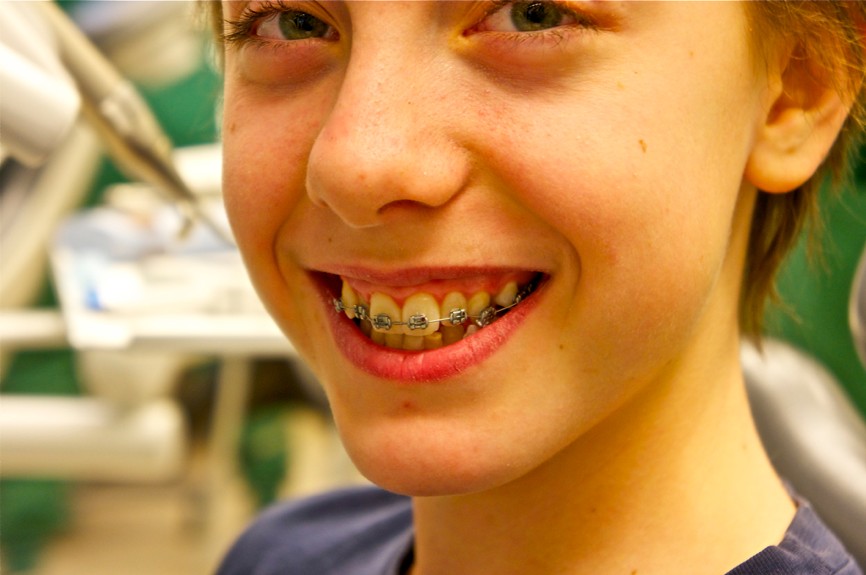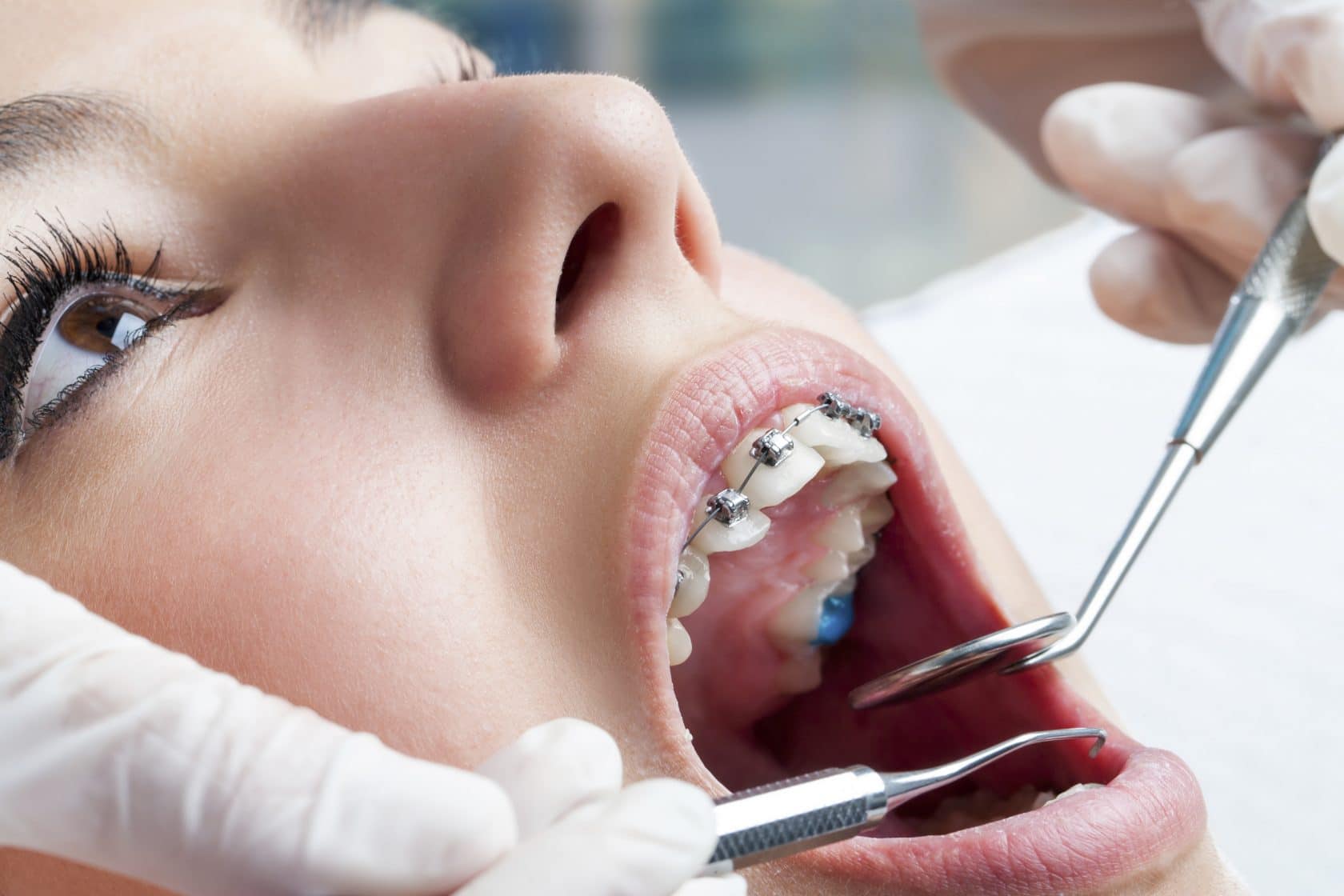Comprehensive Guide to Orthodontics Treatments for Correcting Dental Imbalances
Understanding the details of each treatment, including their devices, benefits, and prospective disadvantages, is critical in making informed choices concerning one's orthodontic therapy. As we browse with the comprehensive guide to orthodontic treatments for dealing with oral misalignments, the intricate information of each method will unravel, dropping light on the path towards a harmonious and useful dental placement.
Orthodontic Procedures Overview

In addition to clear aligners and typical dental braces, orthodontists may likewise recommend various other interventions like headgear, palatal expanders, or retainers to address particular positioning concerns (braces). These procedures are customized to every individual's distinct demands and may include a combination of treatments to accomplish the preferred outcomes. Regular adjustments and tracking are vital parts of orthodontic therapy to ensure development is on track and to make any type of required modifications along the road. By going through orthodontic procedures, clients can not just achieve a straighter smile yet additionally enhance their overall oral health and feature.
Standard Braces: Exactly How They Function
When considering orthodontic treatments for dental misalignments, standard braces stand out as a time-tested method for remedying teeth positioning. Standard braces are composed of brackets, cables, and bands that work with each other to use continuous pressure on the teeth, gradually relocating them right into the preferred placement.
As stress is used to the teeth through the dental braces, the bone surrounding the teeth is reshaped to support the new tooth placements. People will require regular changes at the orthodontist's office to ensure the dental braces continue to use the correct pressure for effective teeth movement.
Unseen Aligners: Advantages And Disadvantages
These clear, customized trays are basically unnoticeable when used, making them an enticing option for individuals seeking a more aesthetically pleasing orthodontic treatment. Patients can eliminate the aligners before eating or cleaning their teeth, decreasing the threat of food getting stuck in the appliance and simplifying the cleansing procedure.

Surgical Orthodontic Options
Surgical interventions in orthodontics present feasible alternatives for addressing complicated dental imbalances that might not be efficiently fixed with standard orthodontic treatments. While typical braces and unseen aligners can fix several orthodontic problems, particular situations need medical intervention to accomplish optimal outcomes. Surgical orthodontic options are commonly suggested for serious malocclusions, considerable jaw inconsistencies, and situations where the underlying bone structure requires modification to accomplish correct alignment.
One typical medical orthodontic treatment is orthognathic surgical procedure, which includes repositioning the jaws to correct useful issues such as trouble eating or speaking. This surgery is often carried out in partnership with an orthodontist who aids align the teeth prior to and after the procedure. Surgical orthodontics may likewise entail treatments to reveal influenced teeth, remove excess periodontal cells, or improve the jawbone to create an extra unified face profile.
Before taking into consideration surgical orthodontic choices, people undergo a comprehensive examination to identify the necessity and prospective advantages of such interventions. braces. While surgical treatment may seem complicated, it can significantly boost both the function and looks of the smile he said in situations where conventional orthodontic treatments drop short
Retainers and Post-Treatment Care

Post-treatment care includes adhering to the orthodontist's instructions diligently. This may include appropriate oral health methods, participating in follow-up appointments, and using the retainers as prescribed. Failure to adhere to post-treatment care directions can cause regression, where the teeth progressively return in the direction of their initial settings. Regular retainer wear, good oral hygiene, and regular dental check-ups are vital for maintaining the results accomplished with orthodontic surgical procedure and making certain the long-lasting stability of the fixed dental placement.
Conclusion
In verdict, orthodontic procedures supply various alternatives for correcting oral misalignments. Surgical orthodontic options are offered for extra serious misalignments. In general, orthodontic treatments can efficiently improve oral health and visual appearance.
As we navigate through the thorough overview to orthodontic procedures for fixing dental misalignments, the intricate information of each method will unfold, shedding light on the course toward a harmonious and useful oral he said alignment. - braces
One of the most common orthodontic treatments is the use of dental braces, which consist of metal braces and cords that apply mild pressure to slowly move teeth into the desired setting.When considering orthodontic treatments for oral imbalances, traditional braces stand out as a tried and true approach for remedying teeth placing. Additionally, invisible aligners might not be appropriate for complicated orthodontic issues that need even more substantial teeth activity, as they are commonly advised for mild to modest cases. Retainers are tailor-made orthodontic gadgets made to hold teeth in their remedied positions after the completion of orthodontic treatment.